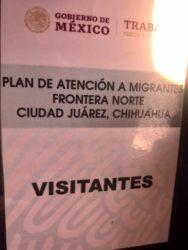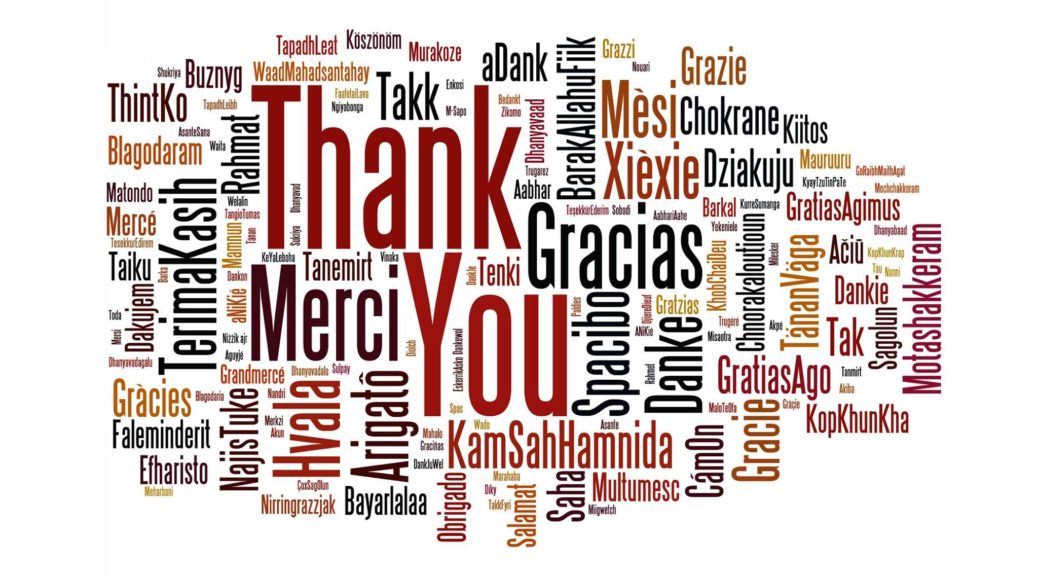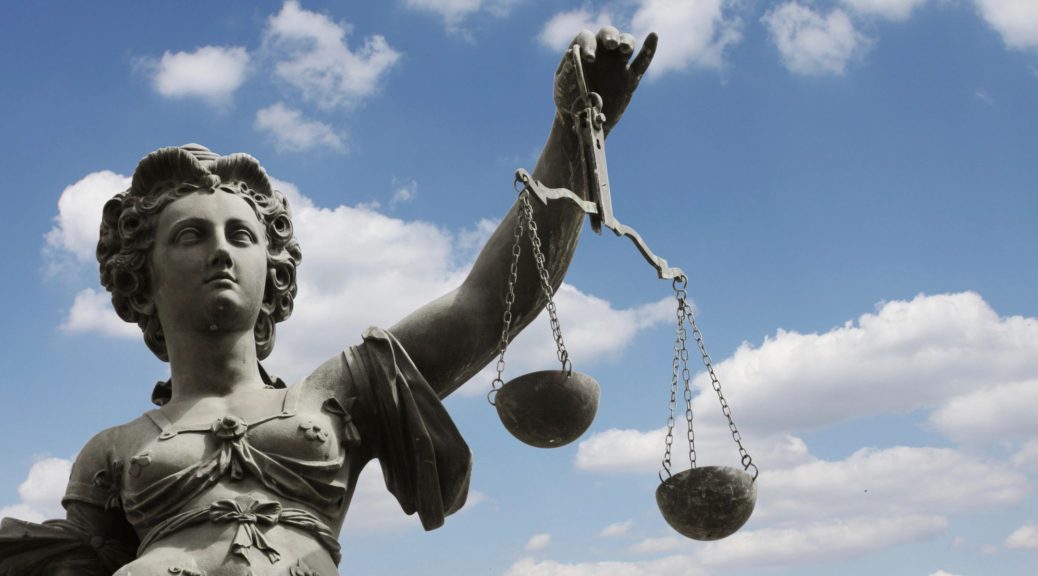Intersectionality in 2020
Camila and Susana are two Latinx professional women. Also, they are not Latinx – there is more to them than meets the eye or ear. Camila grew up in Buenos Aires with an Argentinian mom and a Guatemalan dad, but as the Jewish granddaughter of European immigrants, she feels most connected to Israel. Susana is biologically White, but as a fluent Spanish speaker with decades of close ties to Mexico, and cultural comfort with Latinos, she often passes as Latinx.
Since most organizations strive to categorize people into simple identity boxes, intersectional multi-identity people like Camila and Susana present challenges we’ve already discussed. “Intersectionality” was coined by scholar and civil rights advocate Kimberlé Crenshaw to describe how interlocking systems of power affect marginalized people through the combination of our various identities – for example a woman of color’s experience is different from that of a man of color because of her gender. And while there are concrete practices others can adopt that create more inclusive environments for multi-identity people, those like us who live intersectionality every day often struggle with existential questions: What makes someone Latinx? And who has the right to claim a Latinx identity?
Is identity a choice?
While others can adapt to be more inclusive of multi-identity people and reap the rewards, intersectional individuals have to adapt by engaging the questions our multi-identity raises. When the world constantly asks us to choose between our multiple selves, or regularly dismisses one of them, how do we identify in a way that makes sense and feels right? What do we have the right to identify with?
The individualistic answer would be: you have the right to identify however you wish. This approach is tempting because it’s simple and empowering. However, identity has always been co-created with one’s group because it functions to identify a person as a member of that group and bestow the corresponding benefits and responsibilities. The individualistic answer can be dangerous precisely because of those benefits and responsibilities.
Is it ok to claim a Latinx identity without biological Latinx heritage?
While “passing” as White or male is an historic strategy that women and people of color have long employed to enjoy greater physical safety, work opportunities and social access, proclaiming membership in a community of color without the corresponding genes presents an entirely different dynamic because it represents a “power-down” rather than “power-up” move in the social hierarchy. Doing so at one’s own discretion can confer unearned benefits without taking on the responsibilities. Responsibilities include assuming the duties and disadvantages of the identity. Individuals who claim membership in a community of color only when it’s convenient, and do so without “permission,” are rightly accused of exercising white privilege or cultural appropriation. One need only look to Rachel Dolezal’s infamous “passing” as an African American for an example of the destruction such identity appropriation can cause.
However, if a community confers their identity on an individual, that is another matter. Susana has only identified herself as Latina twice – both in superficial social situations just to see if she could get away with it. On official documents she identifies as White, “other” or “it’s complicated.” However, many Mexicans, Latin@s and Chicano@s have identified her as Mexican, Latina or Chicana for three decades. It’s through an interplay between others’ perceptions and Susana’s own sense of belonging in Latinx culture that her multi-identity was forged.
Is it ok to not identify primarily as Latina if one was born in Latin America?
For intersectional, multi-identity people like Camila, the invitation is also to explore an interplay between self-perception and others’ views. Camila has every right to identify as Jewish instead of Latin American or Argentinian because she is a member of all three identities –in fact, her recent 23&Me genetic test revealed her to be 99% Ashkenazi Jewish. Conversely, she doesn’t have the right to deny the community that raised her their right to view her as Latina since Argentinian and Guatemalan heritage also defined her foundation.
Resolving the dilemmas of identity
Today’s complex identity milieu may require new terms, such as “transcultural.” In a research paper Susana presented at an academic conference in 2003, transculturals are “individuals that find themselves to be more culturally similar to members of groups that are not of their same race or ethnicity but with whom these individuals resonate, and perhaps identify, and by whom they are accepted.”
But being transcultural requires great conscientiousness. “I’ve had to ‘come out’ as White several times to friends, colleagues and clients – a few of whom still don’t believe I’m not biologically Latina,” says Susana. “It would have been easier to just assume a Latina identity. I’ve been selected over Latinos for jobs because I was more fluent in Spanish. I’ve had Chicanos and mexicanos tell me they consider me Latina or a person of color…It’s confusing and I don’t always know what’s right.”
For those like Susana, the invitation is to explore multi-identity with integrity, and to engage in ongoing internal dialogue with their motivations, choices and consequences. For Camila, being an intersectional person means she can choose to identify as both Jewish and Latina without apology – reveling both in Bat Mitzvahs and dancing salsa even if one of her identities prevails as her most defining.
Susana’s and Camila’s stories illustrate how identity is a combination of what we feel or claim as well as how others perceive us. This is what it means to be part of a human community. Taking on whatever identity we think is trendy – or an a-la-carte approach where we take a little of this-and-that without also owning the downsides and duties – is disrespectful and harmful. Identity then becomes like clothing instead of skin, with all the corresponding creative license but superficiality and capriciousness.
A Latinx answer to the question of “right to identity” might be “both-and” instead of “either-or.” The answer lies in the space between personal choice and absolute deference to what the tribe dictates – in an ongoing, active dialogue between self and other, self and society. Perhaps it also lies in the space between “should” and “is.” Many believe identity “should” not matter in how people are perceived and treated, but science as well as our human experience show that what “is” is that we inhabit bodies that others interpret and categorize – and that we interpret and categorize others all day, every day. ■
Note: Names and some details have been changed to protect anonymity.


 The names Grafton E. Thomas , Nicole Marie Poole Franklin, and Keith Thomas Kinnunens are among a few of the many that should, hopefully and highly likely, will live on in infamy. During this past holiday season, these three obviously deeply disturbed individuals engaged in shocking behavior committing , vile, horrific, sadistic, abominable crimes. In the case of Thomas and Kinnunens, murder was the end result.
The names Grafton E. Thomas , Nicole Marie Poole Franklin, and Keith Thomas Kinnunens are among a few of the many that should, hopefully and highly likely, will live on in infamy. During this past holiday season, these three obviously deeply disturbed individuals engaged in shocking behavior committing , vile, horrific, sadistic, abominable crimes. In the case of Thomas and Kinnunens, murder was the end result.
 I was under the impression that I’d be working at the shelters and detention centers, doing anything that needed to be done—working with these people who are desperately trying to claim Political Asylum ; doing anything to help them wile away the hours and days they spend there,
I was under the impression that I’d be working at the shelters and detention centers, doing anything that needed to be done—working with these people who are desperately trying to claim Political Asylum ; doing anything to help them wile away the hours and days they spend there,



